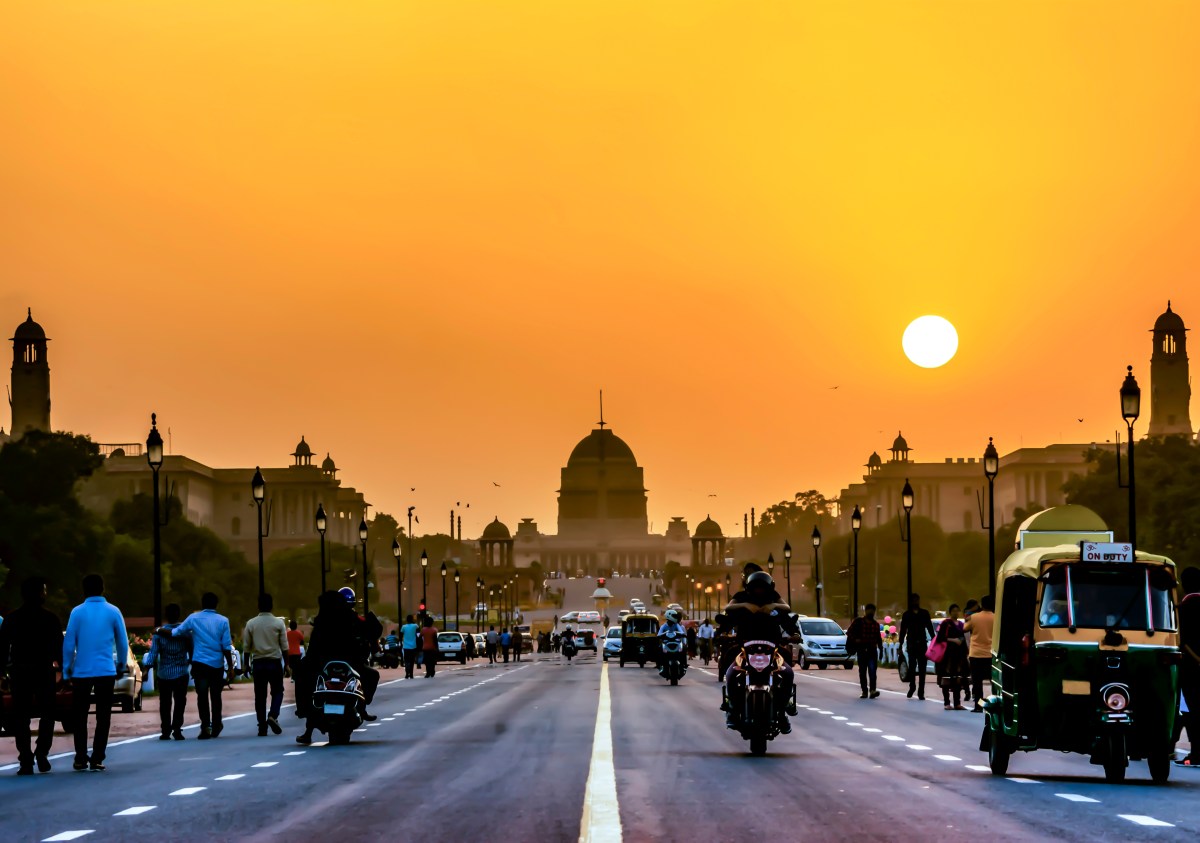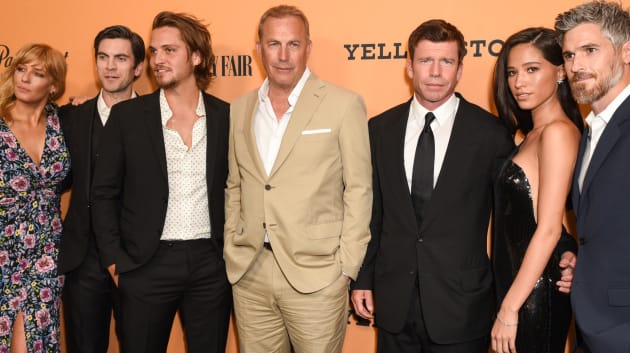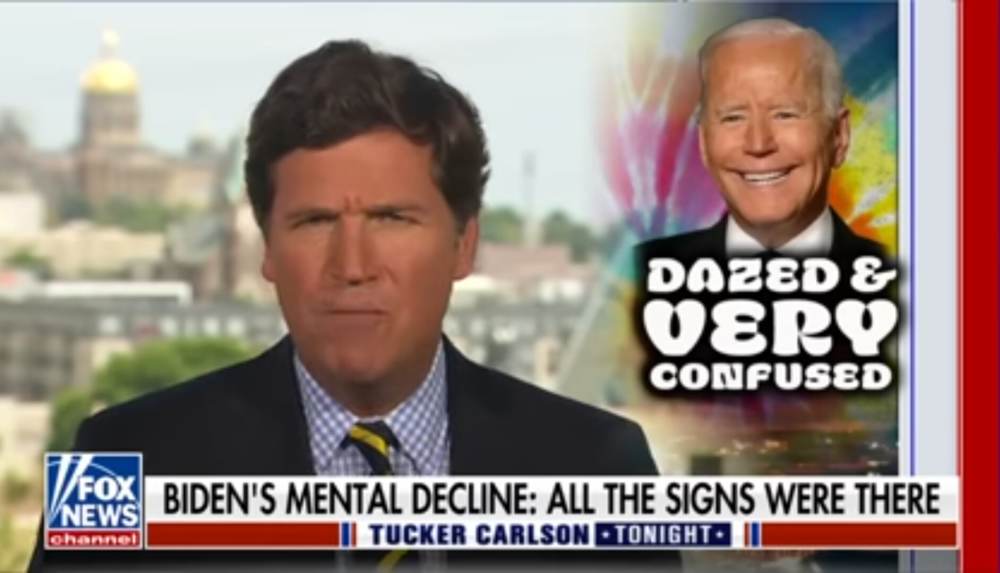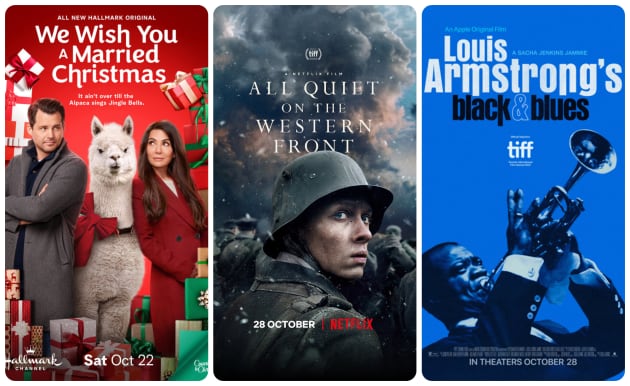The details of American politics do not concern Alex Garland in Civil War.
Despite the controversy it’s already courted about its supposed prescience, the unsettling feature from the British filmmaker doesn’t predict a future based on the country’s current two-party system. Garland is far more interested in the United States’ self-regarding exceptionalism, its belief in its own safety from executive instability. He is fascinated by how factionalism instigates conflict and how no nation is immune to the results of its violence.
Civil War
The Bottom Line
A subversive and unsettling exercise.
Venue: SXSW Film Festival (Headliner)
Release date: Friday, April 12
Cast: Kirsten Dunst, Wagner Moura, Cailee Spaeny, Stephen McKinley Henderson, Sonoya Mizuno, Nick Offerman
Director-screenwriter: Alex Garland
1 hour 49 minutes
Premiering at SXSW, Civil War explores these preoccupations from the perspective of a group of journalists as they chronicle life in their war-torn country while traveling to Washington, D.C. We meet the crew in New York, where they are covering a tense confrontation between civilians and police. Lee Smith (Kirsten Dunst) — a conflict photographer whose success and abrasiveness are modeled on that of celebrated World War II correspondent Lee Miller — works quickly with her Reuters colleague Joel (Wagner Moura) to capture the scene before the percolating violence bubbles over.
When it eventually does, the pair crosses paths with Jessie (Priscilla‘s Cailee Spaeny), a freelance photographer who gets hurt in the police-instigated melee. The young documentarian is eager to express admiration for Lee after the veteran correspondent saves her life and gifts her a neon press vest. Later that evening, Jessie, through a winning combination of will and charm, convinces Joel to let her tag along on the road trip to D.C. This is already after they agreed to let Sammy (Stephen McKinley Henderson), a New York Times journalist, join them despite the risks.
The group hits the road the next morning despite Lee’s protestations over Jessie’s inclusion. (She, fairly, doesn’t want to be responsible for a stranger and an amateur.) Their roughly 800-mile journey to D.C., where Joel and Lee have been promised an interview with the president (Nick Offerman), takes the journalists through hostile tracts, military checkpoints and makeshift refugee camps.
These scenes of America as an active war zone are some of Civil War’s most potent images. In a subversive move, Garland, partnering again with DP Rob Hardy, documents these conditions with the distant vérité style found in American films about international regional conflicts. The Ex Machina and Annihilation filmmaker juxtaposes images of displaced Americans, armed resistance fighters and other evidence of war with familiar shots of the nation’s pastoral landscape to create a sense of destabilization.
As the crew drives south of New York, they come across abandoned and blown-up cars on interstates lined with vibrant, verdant trees. A football stadium is now an aid camp, which adds a melancholic layer to the graffitied messages (“Go Steelers,” one says) that remind of life before. A winter wonderland dotted with statues of Santa Claus, for example, becomes an active conflict zone, and a small town that feels eerily distant from the destruction happening everywhere else turns out to be manned by an armed militia.
These sequences coupled with other nostalgia-loaded gestures — the use of country music needle drops, for example — effectively recast American iconography, implicitly questioning a nation’s tendency toward self-mythologizing. Garland also weaves in the snapshots captured by Lee and Jessie along the road, a technique that not only examines the ethics of war photography but also American expectations of what these images must be. As for the subject of race — the organizing principle of the nation — Civil War gestures but does not explicitly confront.
All of these thoughts, considerations and questions — what does it mean to be American is one the film repeatedly asks — are experienced by the viewer on a largely intellectual level. Garland has always been a director of big ideas, and Civil War is no exception when it comes to that ambitiousness. But he’s also reaching for an intimacy here that his screenplay doesn’t quite deliver on. Despite strong turns from the cast, the American journalists at the center of the story feel emotionally sterile vis a vis the dissolution of their country, and their motivations for doing the work register as similarly remote. Of course war hardens, contorts and traumatizes, but Civil War presupposes that the press, in this distant future, can always see the forest for the trees. The film is wise to avoid big, melodramatic gestures, but characters sharing stories might have conjured a better sense of their depth.
Dunst makes Lee an incredibly compelling figure whose faith and ability to stomach the demands of the job unravel slowly over the course of the film. But a lack of detail keeps her character in the shadows. The same goes for Jessie, whose youth offers insights into her risky behavior, and Joel, who is Latino and from Florida (a state that here has its own faction separate from the alliance between Texas and California).
With the precision and length of its violent battle sequences, it’s clear Civil War operates as a clarion call. Garland wrote the film in 2020 as he watched cogs on America’s self-mythologizing exceptionalist machine turn, propelling the nation into a nightmare. With this latest film, he sounds the alarm, wondering less about how a country walks blindly into its own destruction and more about what happens when it does.


























































